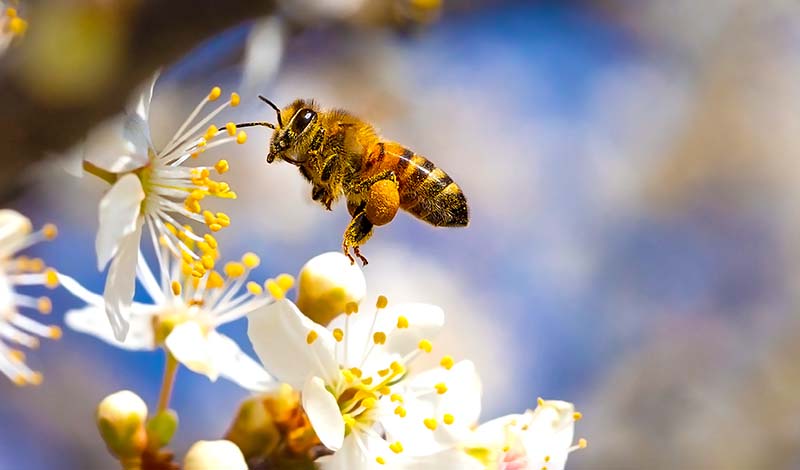
2.5-minute read
“Star light, star bright,
First star I see tonight,
I wish I may, I wish I might,
Have this wish I wish tonight.”
Anonymous
Depending upon where you find yourself on our home planet, making a wish upon a star is becoming increasingly challenging. The growing number of artificial lights that illuminate our land, city, and seascapes are also brightening the night skies, dimming our views of the stars and other celestial bodies.
According to astronomers, more than two-thirds of the U.S. population and one-fifth of the world’s population can no longer see the Milky Way with the naked eye. The skyglow (aka, light pollution) that diminishes our ability to marvel at the beauty of bright spots in the heavens and achieve celestial wish fulfillment is also having a profound impact on the survival of some of Earth’s most charismatic creatures, including everyone’s favorite body-armored reptiles—the critically endangered sea turtles.
Because many species of animals have evolved attuned to natural cycles of darkness and light, when those cycles are disrupted, it can affect how they interact with their environment and each other. According to researchers examining how artificial light affects animal behavior, light pollution can create confusion in wildlife that can alter migration, communication, foraging, and reproduction.
Sea turtles are especially vulnerable to the negative impacts of light pollution, relying on night-darkened beaches to help protect nests and keep hatchlings safe from disturbance. Turtles unable to locate a beach dark enough to obscure their nests have been known to abandon nesting attempts or discard their eggs in the sea.
Scientists monitoring hawksbill, leatherback, loggerhead, and green turtles have reported that hatchlings face the most significant hazards from light pollution. Aided by the cover of nighttime darkness, newly emerged baby turtles instinctually aim to make their way toward the sea. Hatchlings disoriented by artificial lighting can toddle off in the wrong direction, be overcome by exhaustion and dehydration, and sadly, never reach the water. A study of nesting sites in the Mediterranean found that only 21% of loggerhead hatchlings on well-lit beaches survived their sandy commute versus 48% of hatchlings emerging on unlit beaches.
Sea turtles aren’t the only animal species whose nighttime behaviors can become disrupted by ecological light pollution. Increasing levels of artificial light also affect birds, bats, fish, insects, and amphibians. Conservationists continue exploring innovative ways to manage light sources to keep night-dependent wildlife in the dark and help maintain life-sustaining biological rhythms.
If you’d like to learn more about the benefits of good for people, good for wildlife natural nighttime, we’ve pulled together some resources to help you embrace the darkness:
The Skyglow Project
The World at Night Galleries
DarkSky

ICYMI Nature News
Behold Manhattanhenge
The city that never sleeps may never turn off the lights, but that doesn’t mean New Yorkers can’t appreciate (or perhaps prefer) nature’s way of illuminating their urban jungle. If you missed the sun’s perfect alignment with Manhattan’s street grid this week, you’ll get another chance to experience the glow on July 13th.
An Octopus’s Worst Nightmare
Scientists observing bizarre behaviors in a sleeping Brazilian Reef Octopus believe the sea creatures may have vivid, potentially terrifying narrative dreams. Visions of a tentacle-chilling downgrade from octo to bi-pus?
Young Gorillas Bounce Back from Adversity
Researchers from the Dian Fossey Gorilla Fund studying five decades of data have found that thanks in part to the benefits of tight-knit social groups, young mountain gorillas show tremendous resilience to traumatic life events, like the loss of a parent. Power to the supportive primates.
Because All You Need Is Love
A lowland gorilla born in captivity at Smithsonian National is off to a good start in life thanks to the loving care of attentive mom, Calaya. A happy plus one for the critically endangered species.
Sailboat Sabotaging Cetaceans
Killer whales off the coasts of Spain and Portugal have been busy sinking sailboats. Scientists aren’t sure whether the unusual behavior is orca boat biting gone viral or payback for a painful encounter with a super annoying sea vessel. Either way, it seems the sailboat saboteurs are sorry, not sorry.
And that’s all folks. Have a super weekend!




































































